Unfortunately I had no place in my kitchen to put my vacuum cleaner. So I had the idea to position it under the kitchen unit. The space is unused anyway, so why not use it for something useful.
There are already some similar projects out there, but I couldn't find one that is documented. I also integrated the second version into Home Assistant, which I also wanted to share here.
I will add details to this project whenever I have time to do the write up - so please stay tuned. You can find a small glimpse where this will all end in the video below:
 Mr.Else
Mr.Else
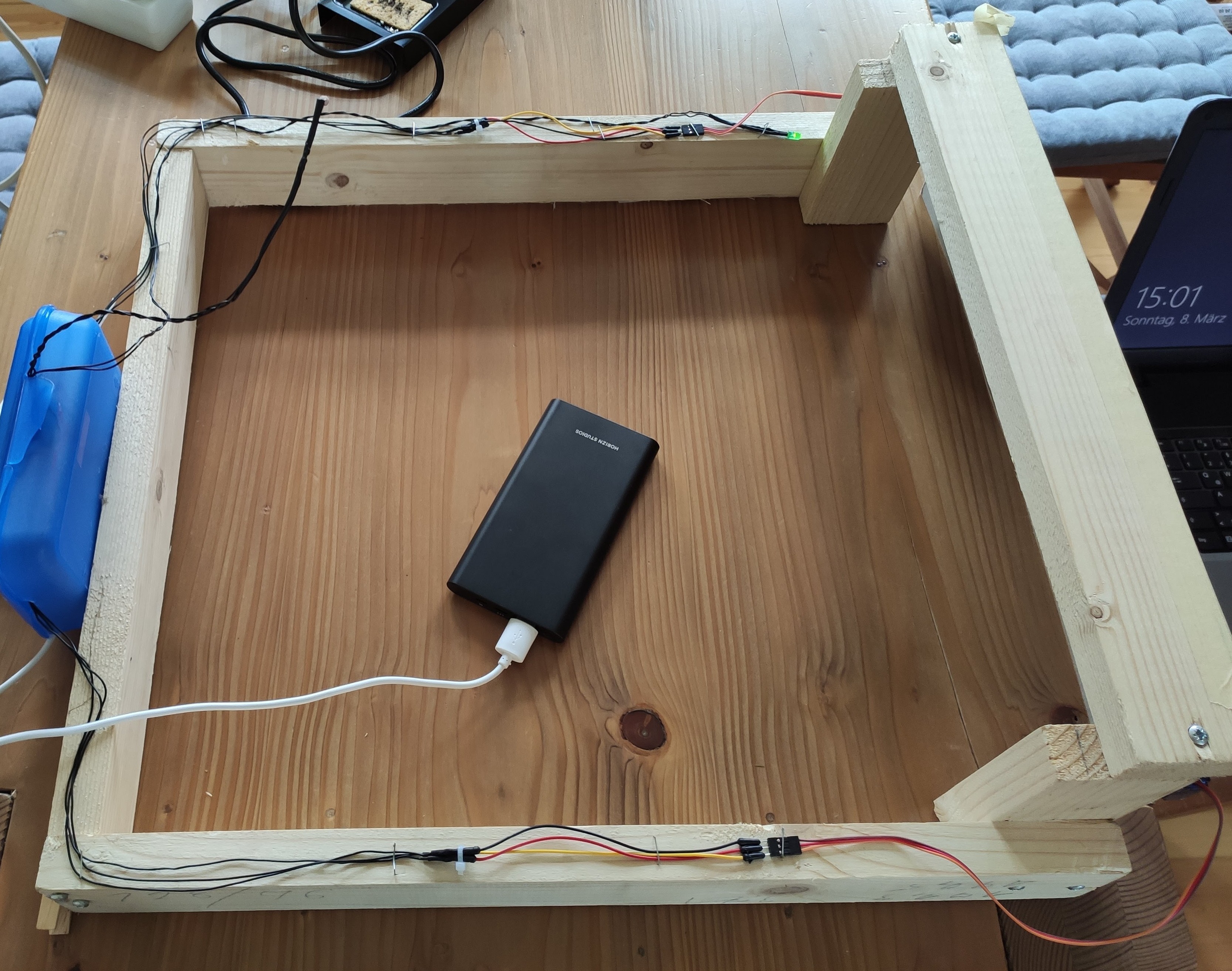


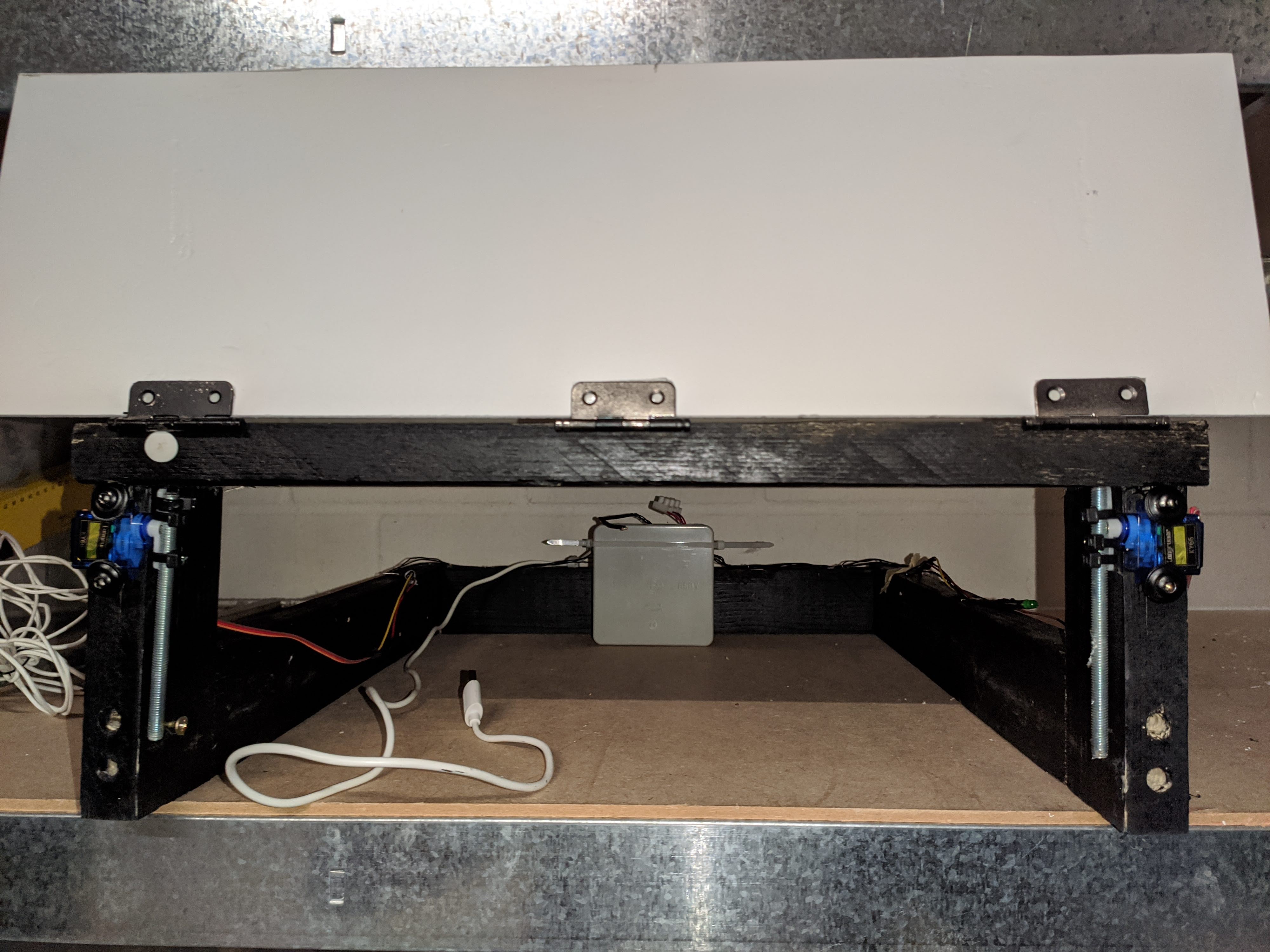
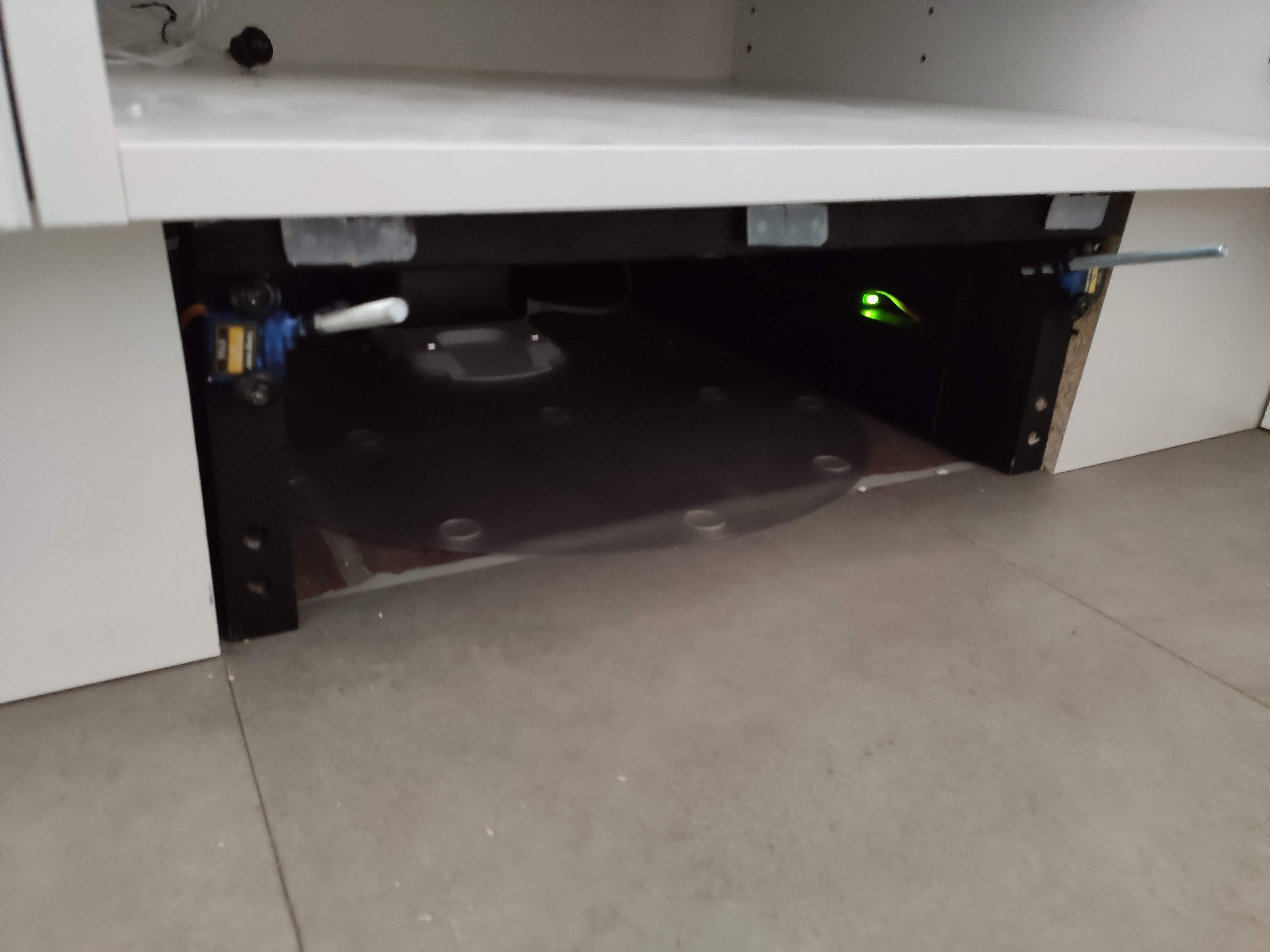

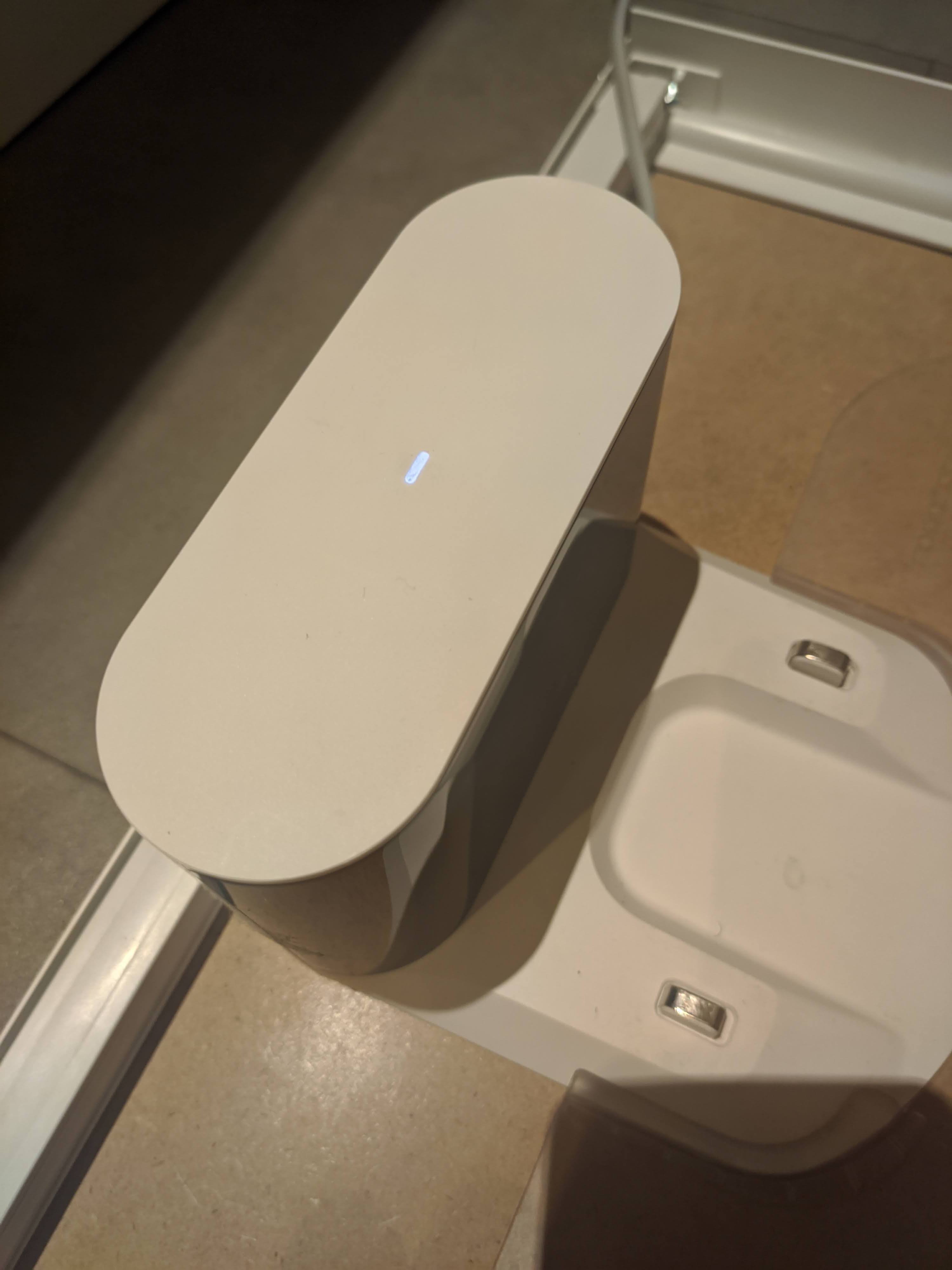

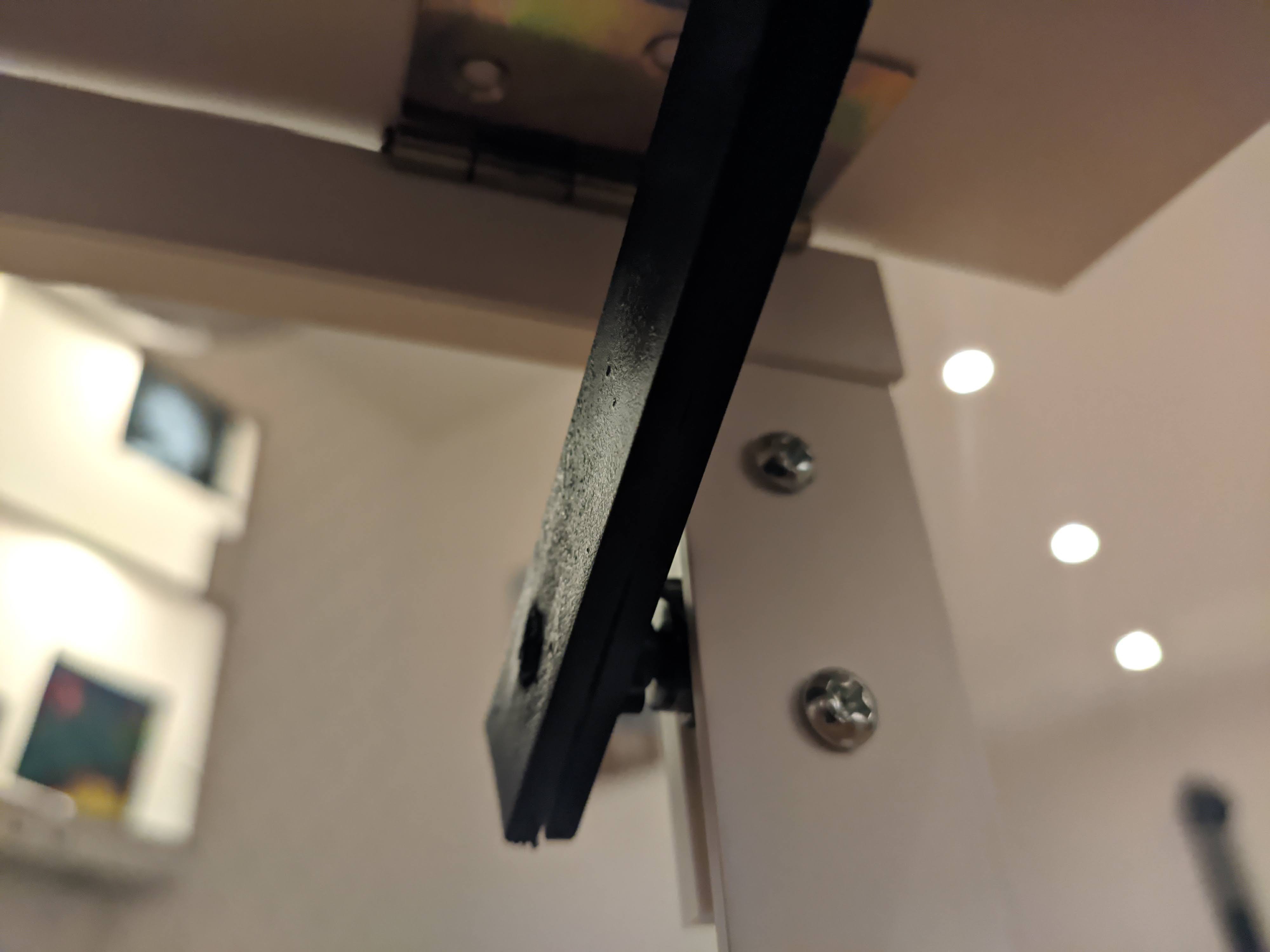
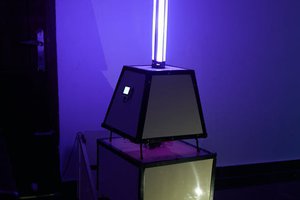
 Alex M Sunny
Alex M Sunny
 Josh
Josh
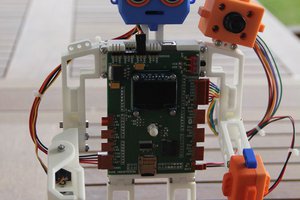
 M. Bindhammer
M. Bindhammer
You did great job to make this electric vaccum cleaner. I want to embed it with my page.You can see here https://vacuumwowcontentguide.com/black-friday-vacuum-deals/